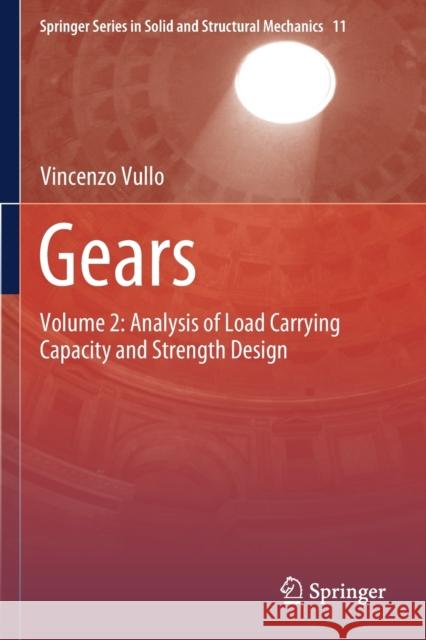Gears: Volume 2: Analysis of Load Carrying Capacity and Strength Design » książka
topmenu
Gears: Volume 2: Analysis of Load Carrying Capacity and Strength Design
ISBN-13: 9783030386344 / Angielski / Miękka / 2021 / 623 str.
Gears: Volume 2: Analysis of Load Carrying Capacity and Strength Design
ISBN-13: 9783030386344 / Angielski / Miękka / 2021 / 623 str.
cena 261,63
(netto: 249,17 VAT: 5%)
Najniższa cena z 30 dni: 250,57
(netto: 249,17 VAT: 5%)
Najniższa cena z 30 dni: 250,57
Termin realizacji zamówienia:
ok. 22 dni roboczych
Dostawa w 2026 r.
ok. 22 dni roboczych
Dostawa w 2026 r.
Darmowa dostawa!
Kategorie:
Kategorie BISAC:
Wydawca:
Springer
Seria wydawnicza:
Język:
Angielski
ISBN-13:
9783030386344
Rok wydania:
2021
Wydanie:
2020
Numer serii:
000904783
Ilość stron:
623
Waga:
0.96 kg
Wymiary:
23.39 x 15.6 x 3.58
Oprawa:
Miękka
Wolumenów:
01
Dodatkowe informacje:
Wydanie ilustrowane











